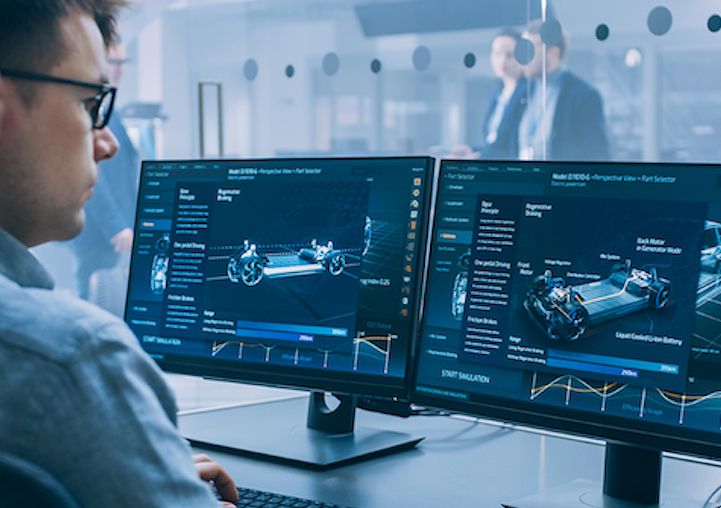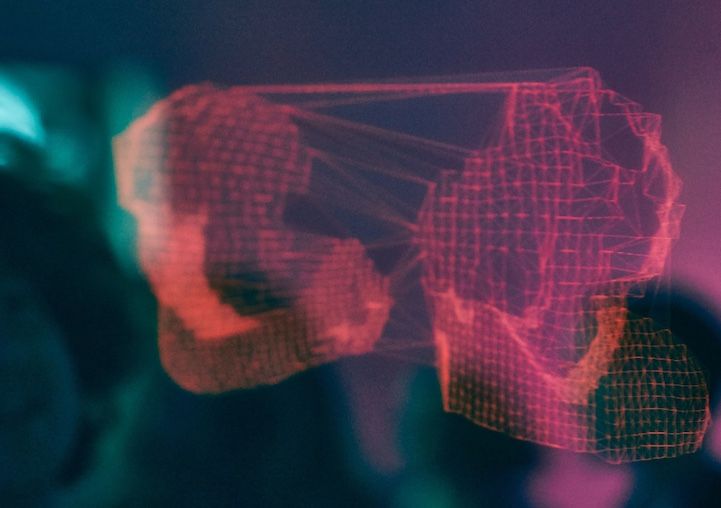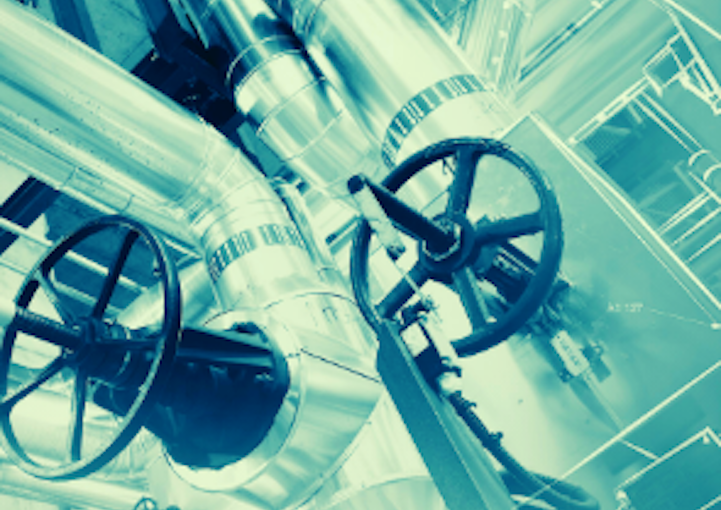As digital twin technology moves through the “Hype Cycle”, leaders and their organizations are exploring how to make the most of this powerful tool. The answer lies in the metaverse, a “digital world that lives alongside our physical one and allows us to live, work, and play alongside each other” as explained by Epic Games’ David Weir-McCall. In short, the real value of digital twins rests in its ability to make remote collaboration among distributed colleagues and stakeholders easier.
Today’s economy increasingly relies on collaboration and communication between distributed teams. The global pandemic underlined this necessity. In the past, the ease of collaboration was enjoyed by some groups and industries more than others--teams that primarily rely on exchanging text, video, or audio to complete a deliverable can use existing audiovisual tools and collaboration platforms to complete their work. Teams that require accurate 3D visualizations with real-time information connected to them didn’t have this luxury. Digital twins changed this.
PureWeb’s Reality solution enables organizations to shift from gathering several employees around high-powered computers in dedicated locations to working with graphic-intensive models from any location and on any device. After creating digital twins, organizations can securely stream digital twins of their assets and data and collaborate with their colleagues in real time. PureWeb can deliver the benefits of digital twins-enabled collaboration within distributed teams across several industries, including the following key use cases.
Enriching collaboration to compete better and innovate faster
In 2021, auto manufacturers face increased demand, mass personalization, strained supply chains, and dispersed teams, requiring more seamless communication and collaboration between stakeholders. Digital twins offer a way to tighten the connection between research & development, production, and marketing. For instance, digital twins of vehicles--in the form of configurators--can tell car manufacturers which features are most popular with customers, allowing them to anticipate future market demand and plan accordingly.
Furthermore, companies like car manufacturers that heavily rely on global supply chains can create digital twins of said supply chain to optimize it, run simulations, identify risks, and create data-backed contingency plans.
Facilitating effective collaboration and mitigating project risk
According to a survey of the construction industry by KPMG, only 31% of projects came within 10% of their budget over a three-year period. Cost overruns do not have to be an accepted part of doing business in the construction industry. Digital twins offer a way to combat the most common causes of budget overruns, such as major design errors. Using PureWeb’s Reality platform, the multidisciplinary members of a construction team can share and update digital twins of their proposed projects in real time to avoid miscommunications or missed opportunities during the planning and design stage.
Transforming raw data into powerful business insights
Despite over 90 percent of firms reporting increasing investment in big data and AI projects and 62 percent reporting investments of over $50 million, only 29 percent say they’ve achieved transformational business outcomes. Data analytics will rely more on a management revolution than a technological revolution, so to succeed organizations will need to:
- focus on solving business problems that produce a high impact
- reposition how their organization thinks about data
- have the patience to engage in a long-term move towards data
Today, organizations struggle to make data visual and accessible, preventing data literacy through an organization. The organizations of the future will offer tools that allow every employee to understand and act on data without being an expert in retrieving and interpreting raw data. A CEO’s leadership team or a plant manager’s technicians could view a digital twin of a process or technology, receive visual cues that there is a problem (e.g., cracks in the digital twin of a wind turbine’s blade that suggests future failure), and act on that information. The key to this kind of widespread digestion of enterprise data is a streaming solution that can share this information in real time, so that data is actionable, not historical. PureWeb’s Reality platform enables this through several deployment options and diverse deployment methods (e.g., cloud and on-site) depending on where a company’s data is located.
Reducing down time and repairs using predictive maintenance
Unplanned downtime can cost companies up to $260,000 per hour. Digital twins can help manufacturers and other owners of critical, specialized machinery shift from preventive maintenance (e.g., maintenance at regularly scheduled intervals aka planned downtime) to predictive maintenance (e.g., maintenance when an imminent threat to a machine’s operations is reported). A digital twin collects real-time data about the function of equipment. For instance, a digital twin of a wind turbine or a jet engine updates in real time based on data from sensors on the machinery. The sensors could register changes in the vibration that indicate a potential future problem, allowing operators to address the issue before it becomes a major interruption. PureWeb’s Reality platform offers a way to combine these visualizations and sensor data streams--across myriad industries--into one cloud-based interface that operators can use.
Today’s organizations need access to real-time data streams with accessible visualizations that their teams can view, understand, and act upon...immediately. No matter where in the world they are located. PureWeb’s Reality platform offers a cloud-based streaming solution that allows organizations to securely share their digital twins to any device such as a laptop, tablet, or smartphone without downloading heavy applications.
Accelerating training processes and improving learning outcomes
In 2020, training expenditures jumped up to $29.4 billion from $23.8 billion in 2019, with most of the money going towards travel, training facilities, and equipment. Digital twins offer a strategy for cutting training costs without compromising on training quality. A virtual, 360 degree view of physical assets streamed securely through PureWeb’s Reality platform allows potentially dispersed instructors and trainees to view the same asset in real time, while reducing the guesswork and communication gaps that come from using traditional virtual training modules such as videos or 2D diagrams in PDFs. Organizations are also able to integrate their PureWeb streams directly into their learning management systems (LMS).
Enhancing cross-team, personalized care in healthcare
Multidisciplinary healthcare solutions reduce adverse events and improves patient outcomes. Digital twins offer a way for medical professionals to monitor patients and review photorealistic 3D imagery for real-time collaboration with others in the treatment pyramid, but achieving consistent multidisciplinary healthcare is challenging. Specialists are not always located at the same hospitals and sharing patient data and information is challenging both from an IT and privacy perspective. PureWeb’s Reality platform is built on the bones of our ResolutionMD® tool, our flagship collaboration product in the healthcare space. The result is a digital twins streaming platform that has security infused into its design instead of added on as an afterthought.



